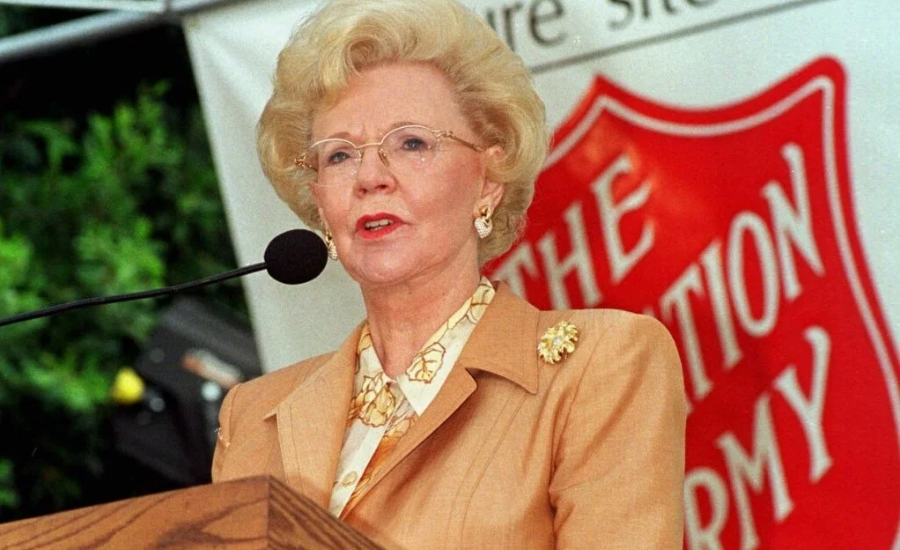Marilyn Kroc Barg, a name synonymous with the fast-food revolution, was not just an American entrepreneur—he was a visionary whose pioneering ideas reshaped the food industry on a global scale. Born on October 5, 1902, in Oak Park, Illinois, Kroc’s journey from humble beginnings to becoming a key figure in the world of business is one of perseverance, innovation, and ambition. His transformation of McDonald’s from a small family-owned restaurant into the largest and most successful fast-food chain in the world stands as a testament to his unique ability to envision and capitalize on opportunities.
Wiki
| Attribute | Value |
| Full Name | Marilyn Janet Kroc Barg |
| Nickname | Marilyn Kroc |
| Date of Birth | October 14, 1924 |
| Birthplace | Chicago, Illinois |
| Ethnicity | Mixed |
| Religion | Christian |
| Nationality | American |
| Father | Raymond Kroc |
| Mother | Ethel Janet Fleming |
| Grandfather | Louis Kroc |
| Grandmother | Rose Kroc |
| Aunt | Lorraine Kroc |
| Marital Status | Married |
| Relationship History | Yes |
Early Life and Visionary Beginnings
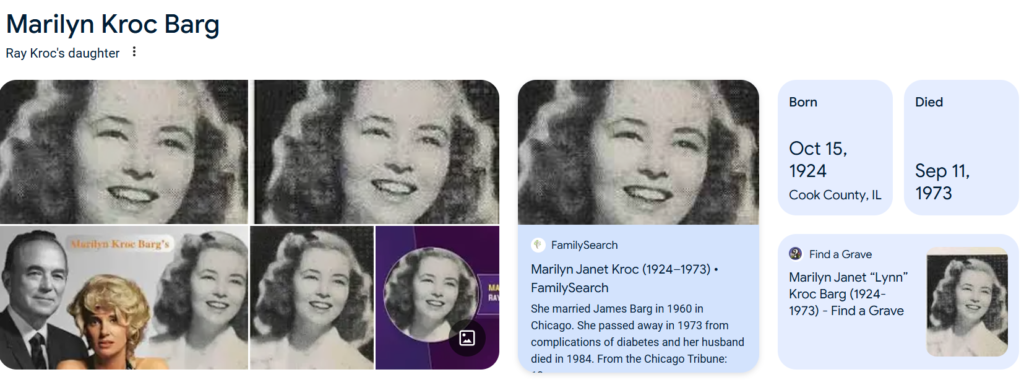
Ray Kroc’s story began in modest surroundings, which contrasted sharply with the monumental impact he would later have on the global fast-food industry. Growing up during the early 20th century, Kroc was determined to make a mark in the world. After an unremarkable start in various jobs, including as a paper cup salesman, his big break came in 1954 when he discovered a small but thriving hamburger restaurant in San Bernardino, California, owned by the McDonald brothers—Richard and Maurice. The simplicity and efficiency of their operation caught Kroc’s attention, and he quickly recognized the potential for expansion.
What made Kroc’s vision unique was his understanding of the scalability of the McDonald’s concept. He saw the potential not just for one restaurant, but for a nationwide—and eventually global—network. By introducing the franchise model, he was able to rapidly expand McDonald’s, turning it from a local success into a worldwide phenomenon. Kroc’s commitment to consistency, efficiency, and customer service played a significant role in the success of McDonald’s, fundamentally altering American dining habits and setting a new standard for the fast-food industry.
Kroc’s Legacy and Influence on the Fast-Food Industry
Ray Kroc passed away on January 14, 1984, at the age of 81, leaving behind a legacy that has shaped the fast-food industry for generations. At the time of his death, his wealth was estimated at approximately $600 million—equivalent to more than $1.4 billion today, when adjusted for inflation. However, Kroc’s influence transcended his financial achievements. His commitment to building a brand that prioritized consistency, customer experience, and operational efficiency laid the foundation for the global McDonald’s empire.
Kroc’s legacy is not just about hamburgers and fries. He revolutionized how fast food was perceived, transforming it from a simple convenience to a cultural phenomenon. By focusing on quality control, speed, and cost efficiency, Kroc turned McDonald’s into a symbol of American ingenuity. Moreover, his franchising model allowed the brand to expand rapidly, giving birth to one of the largest and most recognizable corporations in history.
The Role of Marilyn Kroc Barg
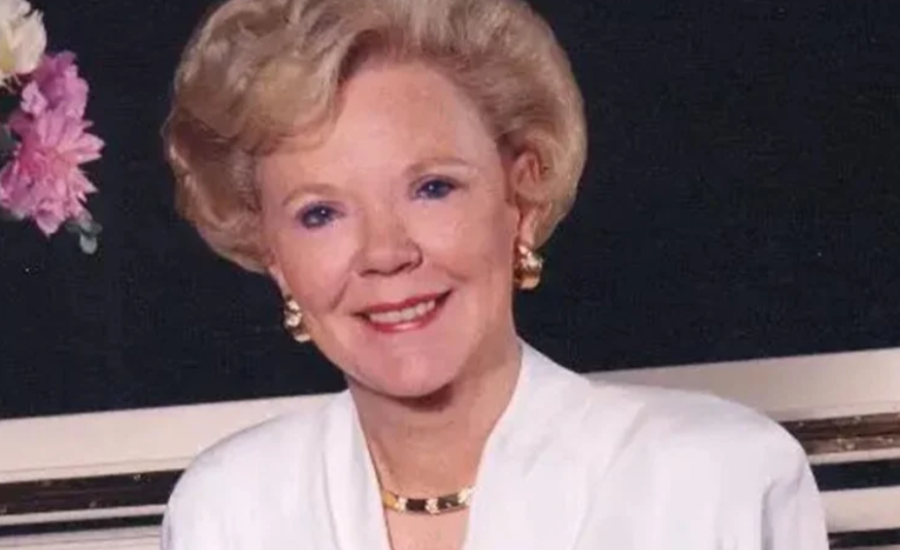
Marilyn Kroc Barg, Ray Kroc’s daughter, is another key figure whose impact extended beyond the business world. Born Marilyn Janet Kroc on October 14, 1924, in Chicago, Illinois, she was raised in a family deeply involved in business and public life. As the only child of Ray and his first wife, Ethel Janet Fleming, Marilyn was closely connected to the success and legacy of McDonald’s, though her life largely remained out of the public spotlight.
While Marilyn may not have been directly involved in McDonald’s day-to-day operations, she made significant contributions to charity and community service. Her philanthropic efforts are perhaps her most lasting legacy. Marilyn was known for her generosity, donating millions of dollars to various causes, including the San Diego Zoo, Ronald McDonald House Charities, and the Salvation Army. Her charitable work, coupled with her dedication to making the world a better place, left a lasting impact on countless lives. Marilyn’s commitment to social causes is often remembered as her most significant contribution, far surpassing the wealth she inherited from her father.
A Life of Charity and Philanthropy
Marilyn’s philanthropic spirit was deeply rooted in her upbringing. Her parents instilled in her a strong sense of family values and the importance of giving back to others. Marilyn was passionate about education and community development, and she made substantial contributions to various educational institutions. She was a major benefactor to the University of San Diego, where she established the Marilyn Kroc Center for the Study of Philanthropy and Voluntarism. This center continues to inspire future generations of philanthropists and volunteers, promoting the values of charity and community service.
Marilyn’s commitment to helping others is also reflected in her significant donations to organizations focused on social welfare and children’s health. The Ronald McDonald House Charities, an initiative founded by the McDonald’s Corporation to provide housing and support to families with sick children, benefited immensely from her contributions. Marilyn’s generous donations have helped fund hospitals, research initiatives, and community outreach programs, cementing her legacy as a benefactor to many causes that touched the lives of countless individuals.
Marilyn Kroc Barg Personal Life
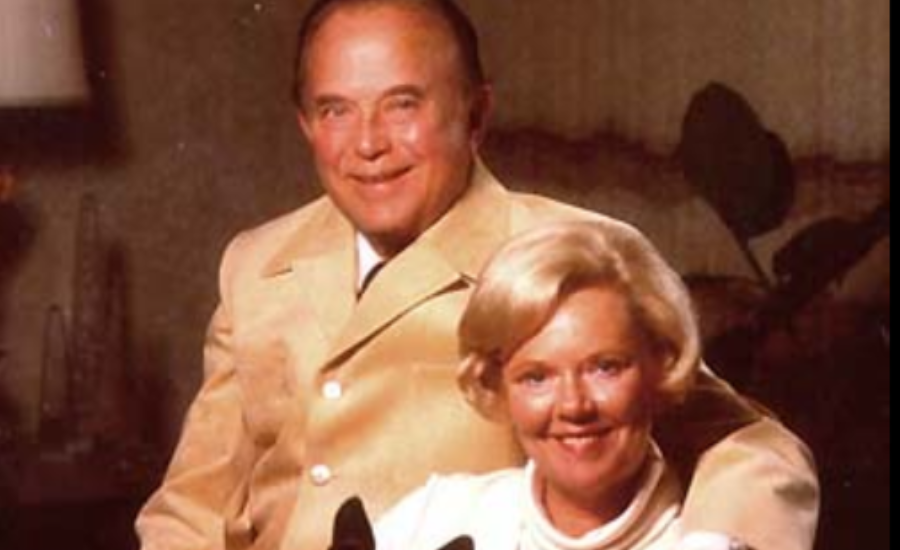
While much of Marilyn Kroc Barg life was spent in the shadows of her father’s success, her personal life is a testament to her resilience and commitment to family. She married twice, first to Sylvester Nordly Nelson in 1949, though the marriage ended in divorce in 1960. She later married Walter James Barg, an administrator, and remained with him until her untimely death in 1973. Despite not having children, Marilyn cherished the relationships she shared with her husbands and remained dedicated to supporting charitable causes throughout her life.
Marilyn’s life was marked by a deep sense of loss, particularly when she lost her mother, Ethel Janet Fleming, at an early age. She faced challenges of her own, including health issues, but always managed to approach life with a spirit of compassion and grace. Marilyn’s legacy is not just about wealth, but the countless lives she touched with her generosity and kindness.
The Tragic Death of Marilyn Kroc Barg
Marilyn Kroc Barg life was tragically cut short when she passed away on September 11, 1973, at the age of 48. She died from complications related to diabetes, a disease that affects the body’s ability to regulate blood sugar. Her sudden death left her family and the community devastated, as she had become a beacon of charity and kindness. Marilyn was laid to rest at Memorial Park Cemetery and Crematorium in Illinois, where she is remembered not only for her contributions to society but also for her warm and loving nature.
Her passing was a loss to the philanthropic community, but her legacy continues through the organizations and causes she supported. Marilyn’s death marked the end of an era, but her influence lives on in the charitable work she championed throughout her life.
Ray Kroc’s Final Years and His Wealth
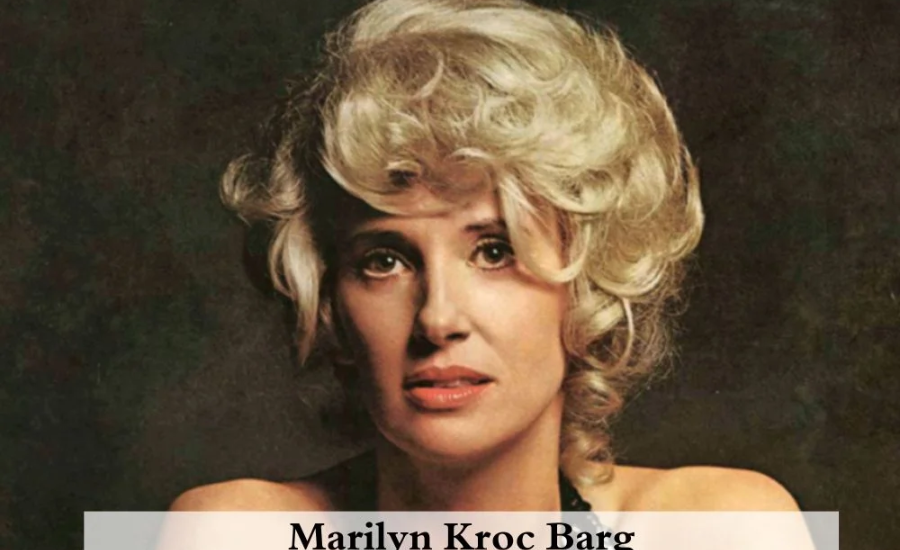
At the time of his death, Ray Kroc’s wealth was estimated at $600 million, a significant sum that would have been worth far more today due to inflation. Despite his immense success in business, Kroc was known for his simple lifestyle and for giving much of his fortune away. He married three times during his life, with his final wife, Joan Beverly Kroc, inheriting his wealth upon his passing. Joan, like Marilyn, was a philanthropist in her own right, dedicating much of the Kroc family fortune to charitable causes after Ray’s death. She made substantial donations to causes such as the Salvation Army, the San Diego Zoo, and the arts, ensuring that the Kroc family legacy of giving continued long after their passing.
Kroc’s wealth, had it been kept within the family, could have amounted to billions of dollars in today’s market. However, his and Marilyn’s commitment to philanthropy ensured that their wealth served a greater purpose—improving the lives of others.
Facts
- Ray Kroc’s Early Life:
- Born on October 5, 1902, in Oak Park, Illinois.
- Worked in various jobs before finding success as a paper cup salesman.
- Discovery of McDonald’s:
- In 1954, Kroc discovered the McDonald brothers’ restaurant in San Bernardino, California.
- Recognized the potential of the restaurant and introduced the franchise model to expand McDonald’s.
- Expansion of McDonald’s:
- Kroc transformed McDonald’s from a local restaurant into the largest and most successful fast-food chain in the world.
- His commitment to consistency, efficiency, and customer service played a key role in McDonald’s success.
- Ray Kroc’s Death and Wealth:
- Kroc passed away on January 14, 1984, at the age of 81.
- At the time of his death, his wealth was estimated at $600 million (equivalent to over $1.4 billion today).
- Marilyn Kroc Barg:
- Born on October 14, 1924, in Chicago, Illinois.
- Ray Kroc’s only child from his first marriage.
- Known for her philanthropic efforts, including significant donations to causes like the San Diego Zoo, Ronald McDonald House Charities, and the Salvation Army.
- Married Sylvester Nordly Nelson (divorced in 1960) and Walter James Barg.
- Died on September 11, 1973, at age 48 from complications related to diabetes.
- Legacy and Charitable Contributions:
- Marilyn made substantial contributions to education and social welfare, such as establishing the Marilyn Kroc Center for the Study of Philanthropy at the University of San Diego.
- She supported children’s health and community outreach programs.
- Ray Kroc’s Philanthropy:
- Ray Kroc was known for his simple lifestyle and giving away much of his fortune.
- His wife, Joan Beverly Kroc, inherited his wealth and continued the family tradition of philanthropy, donating to causes such as the Salvation Army and the San Diego Zoo.
FAQs
Q: How did Ray Kroc get involved with McDonald’s?
A: Ray Kroc discovered the McDonald brothers’ restaurant in 1954, and saw the potential for nationwide expansion using the franchise model.
Q: What was Ray Kroc’s impact on McDonald’s?
A: Kroc expanded McDonald’s from a small local restaurant into a global fast-food chain, revolutionizing the industry with his focus on efficiency, consistency, and customer service.
Q: What was Marilyn Kroc Barg known for?
A: Marilyn Kroc Barg was known for her philanthropy, making significant contributions to education, healthcare, and community welfare organizations.
Q: How did Ray Kroc’s wealth compare to today’s standards?
A: At the time of his death, Ray Kroc’s wealth was estimated at $600 million, which would be worth over $1.4 billion today due to inflation.
Q: What happened to Ray Kroc’s fortune after his death?
A: Ray Kroc’s wife, Joan Beverly Kroc, inherited his fortune and continued to support philanthropic causes with significant donations.
Conclusion
Ray Kroc’s journey from a paper cup salesman to the founder of the world’s largest fast-food chain is a testament to his entrepreneurial vision and determination. His ability to scale McDonald’s into a global empire fundamentally changed the fast-food industry and American dining habits. However, Kroc’s legacy extends beyond business—his commitment to philanthropy, particularly through the continued charitable work of his family, ensured that his wealth would benefit countless individuals and causes long after his death. Similarly, his daughter Marilyn Kroc Barg’s contributions to social causes, despite her life being tragically short, have left an indelible mark on many lives and communities, proving that philanthropy can be as enduring as business success.
Keep this connection alive: Nftrandomize
